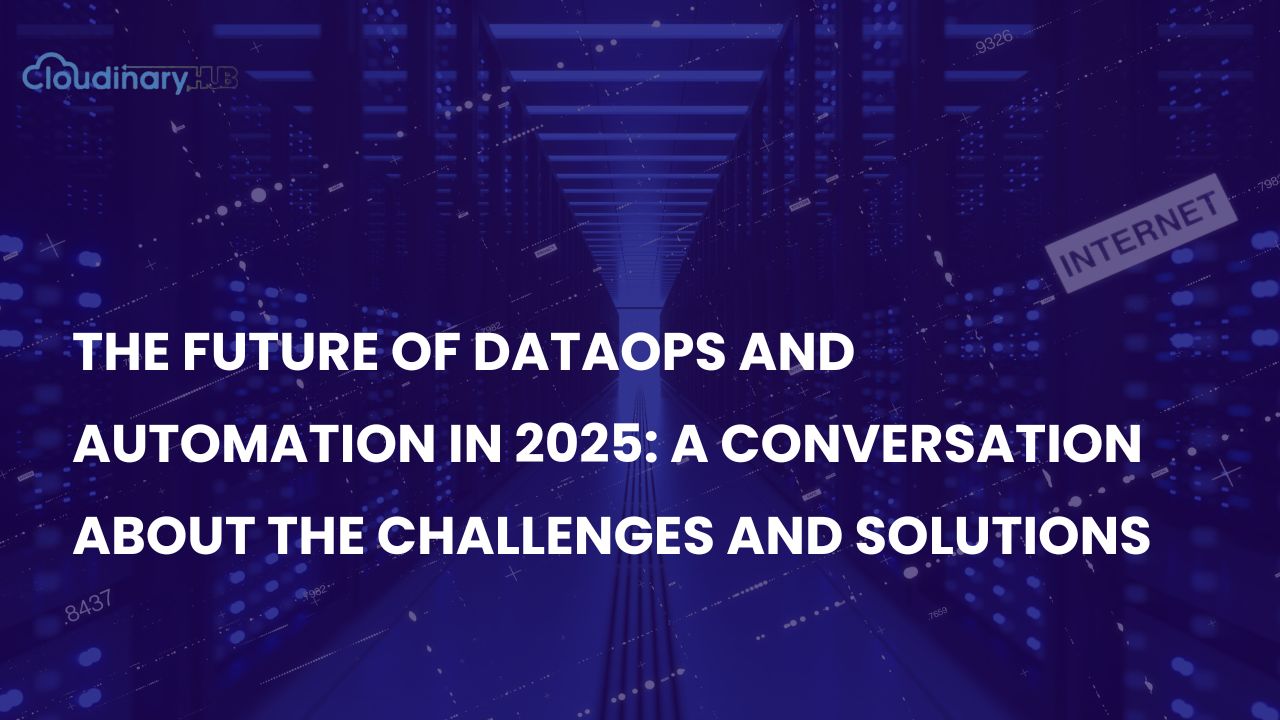you wake up, check your phone, and within seconds, you’ve already generated data. Your fitness tracker logs your sleep, your email syncs new messages, and your smart home adjusts the temperature. Now, think about this happening on a global scale. Businesses are drowning in data, and if they don’t have a streamlined way to manage it, they’re falling behind.
That’s where DataOps and automation come in. They’re the secret sauce behind faster, more accurate, and more scalable data operations—but the road to getting it right is full of challenges. Let’s break it down together.
What’s Slowing Down DataOps?
Before we talk about solutions, let’s address the elephant in the room—why is managing data so hard? If you’ve been dealing with slow pipelines, poor data quality, or compliance headaches, you’re not alone. Here’s a quick look at some of the biggest pain points businesses face:
| Challenge | Why It’s a Problem |
|---|---|
| Data Silos | Teams working in isolation create disconnected, messy data pipelines. |
| Slow Data Pipelines | Manual processes cause delays, making real-time insights impossible. |
| Poor Data Quality | Inconsistent, duplicate, or missing data leads to inaccurate decisions. |
| Security & Compliance Issues | Data breaches and stricter regulations mean higher risks and penalties. |
| Rising Cloud Costs | Without proper optimization, cloud expenses spiral out of control. |
| Scalability Struggles | As data grows, outdated infrastructure can’t keep up. |
How AI and Automation Solve These Challenges
Now, let’s talk about solutions. What if your data pipelines could fix themselves, your security policies enforced automatically, and your cloud spending optimized without manual intervention? That’s exactly what AI-driven DataOps can do. Here’s how:
1. Automating Data Workflows
Problem: Manually moving, cleaning, and validating data slows everything down.
Solution: Tools like Apache Airflow and Prefect can automate the entire workflow—data ingestion, transformation, and quality checks—so your teams can focus on insights, not maintenance.
2. Ensuring High-Quality Data
Problem: Garbage in, garbage out—bad data leads to bad decisions.
Solution: AI-powered validation tools like Great Expectations automatically detect anomalies, duplicates, and inconsistencies before they impact reports.
3. Faster Deployment with CI/CD for Data
Problem: Traditional data pipeline updates take weeks or months, slowing innovation.
Solution: By treating data pipelines like software (hello, DevOps principles!), companies use CI/CD tools to automate testing and deployment, making changes in minutes, not months.
4. Smarter Security and Compliance
Problem: Data privacy laws like GDPR and CCPA are getting stricter, and compliance mistakes are costly.
Solution: AI-driven security automation tools continuously monitor and enforce policies, reducing the risk of data breaches and fines.
5. Cost-Effective Cloud Optimization
Problem: Cloud bills are sky-high, and inefficient resource usage makes it worse.
Solution: AI-powered platforms like Spot.io analyze cloud usage in real-time, automatically shutting down idle resources and optimizing spending.
What’s Next? The Future of DataOps Beyond 2025
As technology evolves, DataOps will continue to change. Here’s what’s coming:
| Emerging Trend | Why It Matters |
| AI-Augmented Data Pipelines | AI will handle errors, optimize workflows, and predict failures. |
| Stronger AI Ethics & Governance | With AI managing data, ethical concerns and bias must be addressed. |
| Edge Computing & Real-Time Analytics | Businesses will need to process data instantly at the edge. |
| More Stringent Compliance Regulations | New laws will demand better data governance and security. |
Building a DataOps Strategy That Works
Now that you know what’s coming, how do you prepare? Here are some best practices to future-proof your DataOps strategy:
1. Automate Everything You Can
If you’re still manually handling ETL processes, data validation, or monitoring security policies, it’s time to bring in automation tools. The less human intervention, the fewer errors and delays.
2. Adopt a Cloud-Native, Scalable Approach
Instead of relying on outdated infrastructure, embrace Kubernetes, serverless architectures, and containerized data processing for agility and scalability.
3. Implement CI/CD for Data Pipelines
Make your data pipelines as agile as software development—automate testing, deployments, and updates so your insights are always up to date.
4. Prioritize Security & Compliance from Day One
Data privacy isn’t just an afterthought. Invest in automated compliance tools to detect risks and enforce policies before problems arise.
5. Leverage AI for Cost Optimization
Cloud spending can quickly get out of hand. Use AI to monitor, predict, and adjust your cloud resource usage dynamically.
Final Thoughts: Is Your Business Ready for DataOps in 2025?
If you’ve ever struggled with slow reports, security concerns, or ballooning cloud costs, DataOps is your answer. It’s not just a buzzword—it’s a must-have for businesses that want to scale, innovate, and stay ahead.

